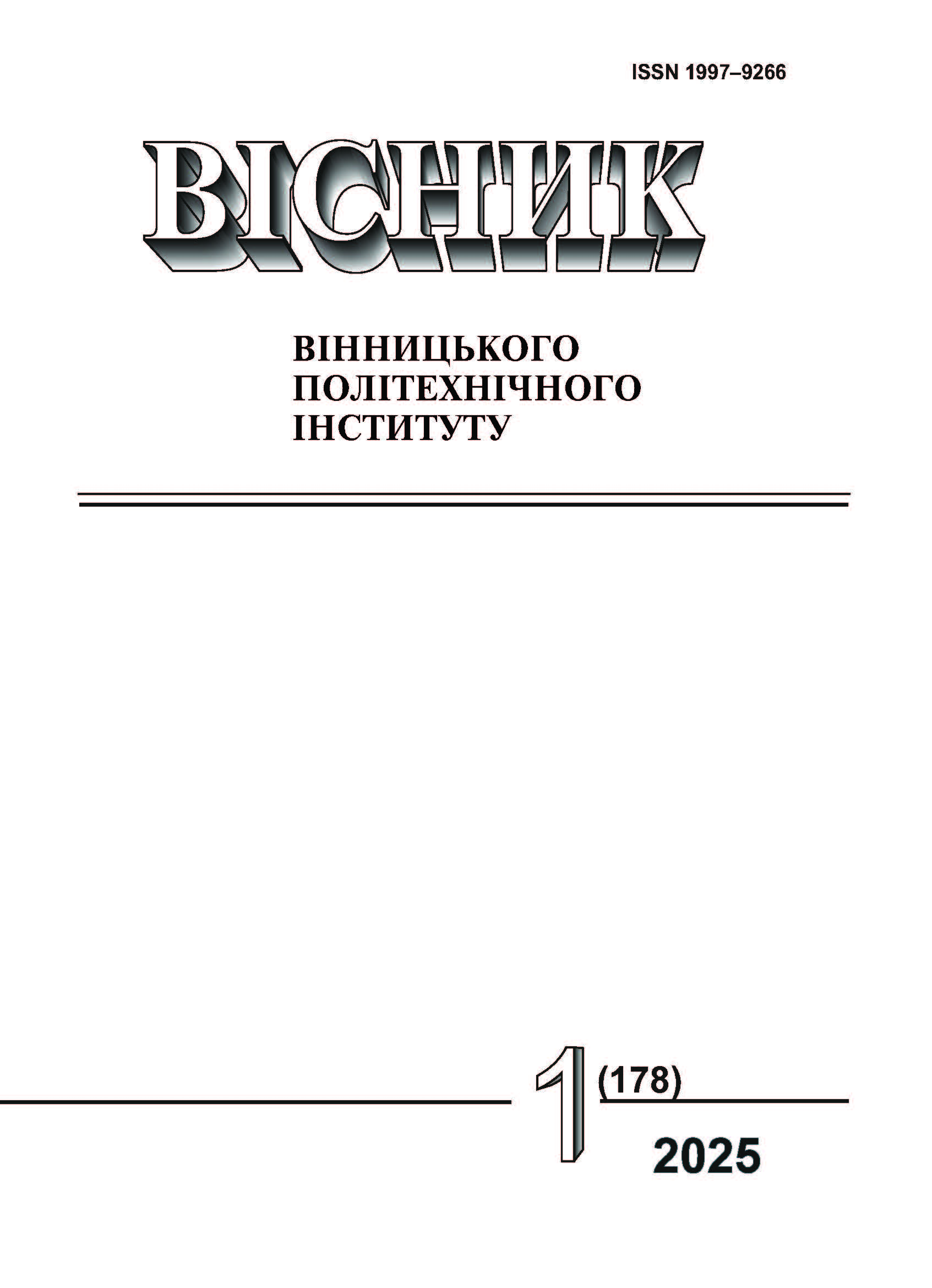Autoregressive Models of the Process of Post-War Recovery and Post-War Development of the Renewable Sources of Energy in Ukraine
DOI:
https://doi.org/10.31649/1997-9266-2025-178-1-58-65Keywords:
power industry of Ukraine, renewable energy sources, ecovery and development, stochastic process, postwar period, autoregressive modelsAbstract
The paper [1] published the “Draft Recovery Plan for Ukraine: Energy,” developed in 2022 by the National Council for the Restoration of Ukraine. In our work [2], to align the “Draft Plan…” with the realities of the military situation, we synthesized mathematical models to represent the restoration and development processes of Ukraine's electric power industry as a whole, taking into account the stochastic nature of these processes. In our work [3], we further refined the “Draft Plan…” to address the military realities specific to the electric power industry. We developed mathematical models for the restoration and development of renewable electricity sources (RES) in Ukraine. This task was accomplished using various data, tables, and graphs characterizing RES as presented in [1]. However, we expanded the definition of RES beyond solar (SPP), wind (WPP), and biogas (BPP) power plants, as defined in [1], to include hydroelectric (HPP) and pumped storage (PSH) power plants, which were excluded from the RES category in [1]. In [3], we assumed that Ukraine's war with its aggressive neighbor would continue into 2024 and 2025, introducing a stochastic element into restoration plans—both for pre-war infrastructure and assets restored during the war. We also presumed that the restoration and development of RES would continue to exhibit stochastic characteristics over an extended period. For this reason, we proposed using second-order autoregressive models in the form of ARPKC(2,0,1), starting from the zero time point in 2023. However, in [3], the idea of employing autoregressive models was only mentioned in a general formulation. A year after completing [3], during the ongoing war between Ukraine and Russia, Ukraine’s overall electricity infrastructure and RES, in particular, suffered further destruction [4]. This necessitated the synthesis of autoregressive models in a fully operational form, suitable for use by electrical engineers in design projects. This idea is implemented in the present publication as a Python program. The foundational prerequisites for this program were initially presented in our report at the International Scientific Conference held in Kyiv in November 2024, with extended abstracts published in [5].
References
Національна рада з відновлення України, «Проєкт Плану відновлення України», розділ «Енергетична безпека», 2022, 164 с. [Електронний ресурс]. Режим доступу: https://www.kmu.gov.ua/storage/app/sites/1/recoveryrada/ua/restoration-and-development-of-infrastructure.pdf .
Б. І. Мокін, і Д. О. Шалагай, «Синтез математичних моделей процесу відновлення та розвитку електроенергетики України, наближених до реалій воєнного сьогодення,» Вісник Вінницького політехнічного інституту, № 6, с. 6-13, 2023. https://doi.org/10.31649/1997-9266-2023-171-6-6-13 .
Б. І. Мокін, Д. О. Шалагай, і О. В. Мазурук, «Синтез наближених до воєнного сьогодення математичних моделей процесу відновлення та розвитку джерел відновлювальної енергетики України,» Вісник Вінницького політехнічного інституту, № 1, с. 17-24, 2024. https://doi.org/10.31649/1997-9266-2024-172-1-17-24 .
Результати споживання електроенергії за 2022 рік. [Електронний ресурс]. Режим доступу: https://www.facebook.com/olhabuslavets/posts/pfbid0jCwzcCNaLCCSHx93MMeRv9KLs7Tn8Fny7wJWwffZSzgoYJq7pCbVgNKz9ttZGwWPl .
Б. І. Мокін, О. Б. Мокін, і Д. О. Шалагай, «Авторегресійні моделі процесу відновлення та розвитку зруйнованих війною відновлювальних джерел енергетики України,» в матеріалах ХХІІІ Міжнародної науково-практичної конференції: «Математичне моделювання та інформаційно-комунікаційні технології для зміцнення та відновлення», Київ, Україна, 12-13 листопада 2024 р., с. 42-46.
Б. І. Мокін, В. Б. Мокін, і О. Б. Мокін, Функціональний аналіз, адаптований до прикладних задач в галузі інформаційних технологій. Вінниця, Україна: ВНТУ, 2020, 192 с.
Б. І. Мокін, В. Б. Мокін, і О. Б. Мокін, Навчальний посібник по опануванню студентами способів розв’язання задач з функціонального аналізу мовою Python, частина 2. Вінниця, Україна: ВНТУ, 2023, 144 с.
Downloads
-
pdf (Українська)
Downloads: 75
Published
How to Cite
Issue
Section
License

This work is licensed under a Creative Commons Attribution 4.0 International License.
Authors who publish with this journal agree to the following terms:
- Authors retain copyright and grant the journal right of first publication.
- Authors are able to enter into separate, additional contractual arrangements for the non-exclusive distribution of the journal's published version of the work (e.g., post it to an institutional repository or publish it in a book), with an acknowledgment of its initial publication in this journal.
- Authors are permitted and encouraged to post their work online (e.g., in institutional repositories or on their website) prior to and during the submission process, as it can lead to productive exchanges, as well as earlier and greater citation of published work (See The Effect of Open Access).





